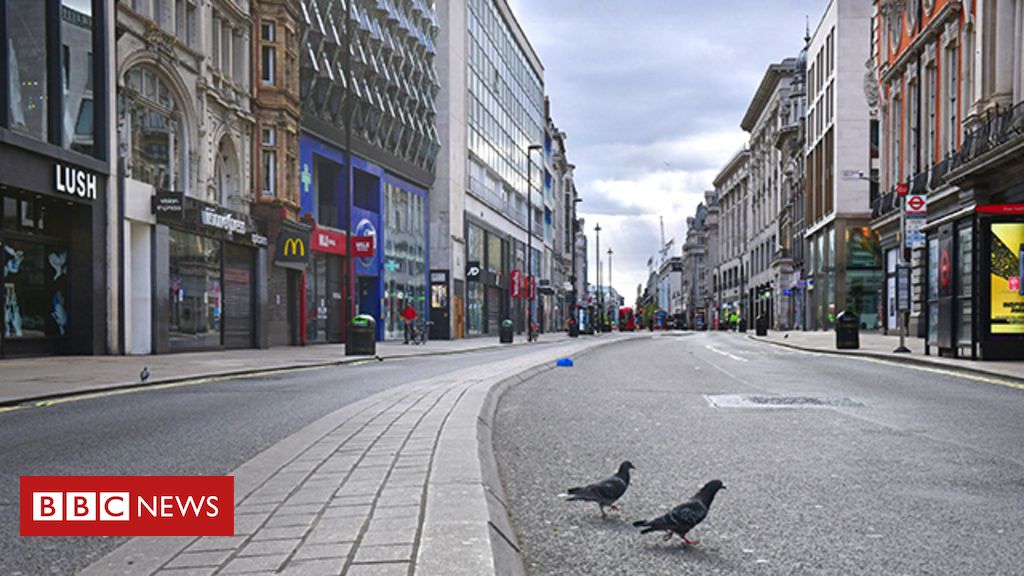Air pollution has started to fall in many UK cities in response to the lockdown measures introduced as a result of the coronavirus crisis.
The trend mirrors that seen across continental Europe as people have spent less time in vehicles, offices and factories and more time at home.
Data collected by the National Centre for Atmospheric Science shows marked reductions in nitrogen dioxide (NO2) and in particulate matter (PM2.5).
And the falls look set to continue.
"If you look at traffic volumes, they're still going down. And so we probably haven't reached the bottom yet," said Prof Ally Lewis, director of science at the NCAS.
"A few days ago, we were talking about journeys by car going down by about a third, and now it's nearly a 50-60% reduction. So, it's possible if transport keeps declining, the signal we detect could get even larger," he told BBC News.
NCAS has produced a set of graphics that compare air pollution levels for 15-24 February with an average over the last five years.
The 10 cities considered are Birmingham, Belfast, Bristol, Cardiff, Glasgow, Leeds, London, Manchester, Newcastle, York.
For PM2.5, which comes from a range of sources but which includes tailpipes, every city has experienced a dip.
For NO2, another key vehicle emission, it's the same picture - apart from Belfast and York. But Prof Lewis cautions that this may simply be the result of more limited monitoring stations at these locations.
"In London, we have a lot of data we can aggregate together," he explained.
"In some of the smaller cities and towns, there may be only one monitor and the data can get a little noisy. But when you see a consistent picture across multiple cities at multiple monitoring sites then you do know that something real is happening."
Last week, the Dutch Met Office (KMNI) released an analysis of satellite data collected over Europe to illustrate the suppression in pollution. The agency, however, omitted the UK from this assessment, in part because the UK lockdown began after many other countries began theirs, but also because it didn't think there was sufficient quality data. If the skies are cloudy, it frustrates the observations of spacecraft. A perennial problem in the UK.
The NCAS information, on the other hand, comes solely from ground stations.
What will be interesting to see now is whether other pollutants follow the lead of NO2 and PM2.5.
It's possible ozone, another respiratory irritant, could climb in city centres. Its formation at ground level is dependent on some very complex chemical reactions which, in the absence of certain exhaust gases, might actually give a boost to the three-oxygen molecule in the air.
Volatile Organic Compounds, or VOCs, are an irritant, too. These come from solvents. They're in everything from inkjet printers and paints to glues and household cleaning products. It's unclear if their levels will change.
Likewise, the ammonia emissions from agriculture. Farming could well proceed as normal, or as near to normal, through the covid-19 crisis.
Prof Lewis says scientists will be watching the behaviour of all these different pollutants very closely.
In an unexpected way, the coronavirus situation offers something of a policy experiment to test realistic targets for clean air.
"What we're doing is essentially looking into the future when we don't have diesel cars because we plan to take them off the roads. This summer may tell us what level of PM2.5, for example, is likely to be achievable in the big cities such as central London or central Birmingham," Prof Lewis told BBC News.
Jonathan.Amos-INTERNET@bbc.co.uk and follow me on Twitter: @BBCAmos

